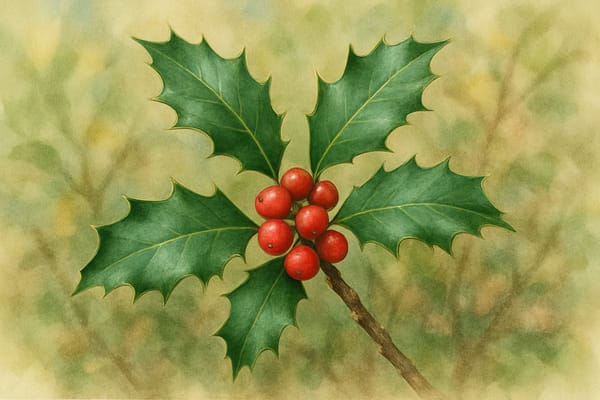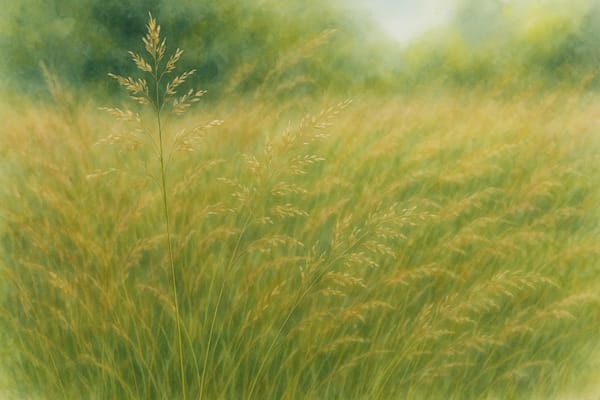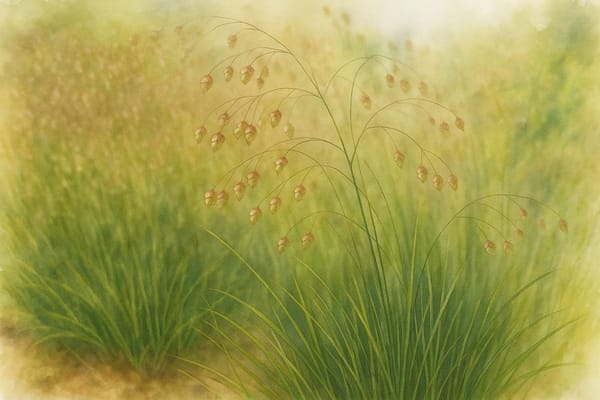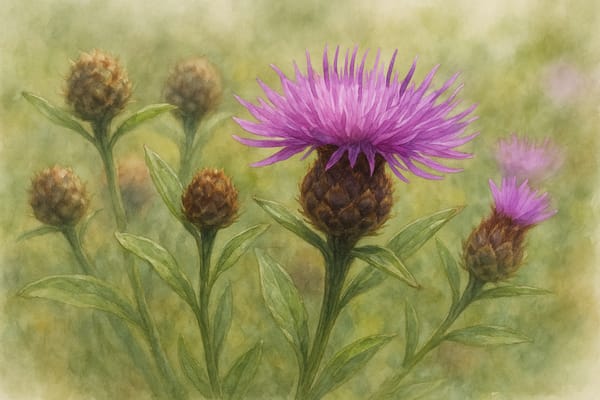A Symbol of Protection, Renewal, and Tradition in Cornish Culture
Historical and Cultural Significance
Ancient Roots and Folklore
In Cornwall and the UK, holly has long been revered as a protector against evil, lightning, and witchcraft. Planted near homes or woven into festive Cornish bush wreaths, it symbolised protection, boundary marking, and hope during winter’s darkest days.
Pagan and Christian Symbolism
In Celtic lore, the Holly King ruled the dark half of the year, representing endurance and nature’s cycles. Later, Christian tradition adopted holly’s imagery—its spiked leaves symbolising Christ’s crown of thorns and red berries his blood—making it central to Christmas customs like “The Holly and the Ivy.”
Superstition and Custom
Cutting down a holly tree was seen as bad luck. Holly brought indoors for Christmas was often kept or burned to avoid misfortune, reinforcing its role as a powerful symbol of protection and continuity.
Practical and Community Uses
Holly’s tough wood was used in furniture, marquetry, and whip handles. In Cornwall, it marked property boundaries and mining lodes, while its berries and foliage provided crucial winter food and shelter for wildlife.
Growing Holly in Coastal Gardens
| Requirement | Details |
|---|
| Light | Partial shade to full sun (protect from harsh sun) |
| Soil | Moist, well-drained, acidic, rich in organic matter |
| Water | Regular, deep watering—especially in dry seasons |
| Shelter | Protection from strong, salty winds recommended |
| Fertilizer | Slow-release in spring; mulch to retain moisture |
Care and Cultivation Tips
- Site Selection: Choose a sheltered spot near a hedge or wall for wind protection.
- Companion Planting: Plant male and female plants nearby for berry production.
- Watering: Deep, consistent watering—especially for young plants.
- Pruning: Late winter or early spring to shape and remove damaged branches.
- Mulching: Compost or leaf mould improves soil and moisture retention.
- Pest Management: Watch for aphids, mites, and mildew. Maintain airflow and monitor regularly.
Coastal Garden Notes
Holly is ideal for wildlife-friendly, coastal gardens with the right shelter and acidic soil. It offers year-round evergreen beauty, supports pollinators and birds, and serves as a natural windbreak or boundary marker in coastal landscapes.
Summary
Holly is a cornerstone of Cornish and British tradition, embodying protection, hope, and continuity—from ancient Druidic rites to modern Christmas celebrations. In coastal gardens, it thrives with moisture-retentive soil, shelter, and care—rewarding with evergreen beauty and cultural depth.











